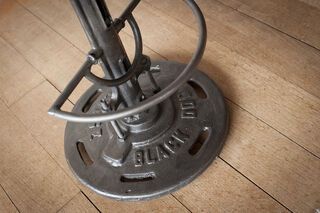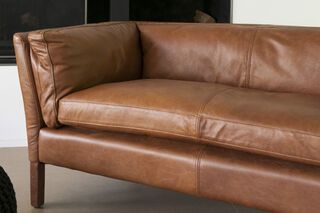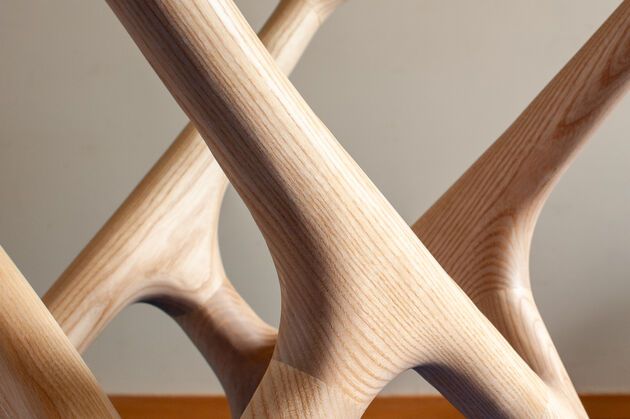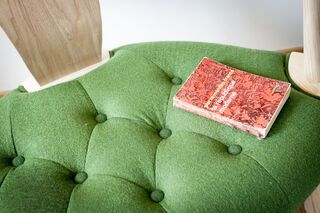assistant
10 festive days
Colors
The category highlights the structuring role of shades in interior layout. More than just a mood element, color directly influences the perception of volumes, the rhythm of lines, and the enhancement of materials. Muted or light tones, strong contrasts or soft transitions: each shade contributes to defining a visual hierarchy and integrating furniture pieces into a coherent composition. Color structures the relationships between objects, guides the eye, and supports the overall cohesion.
read more >Color plays a decisive role in the construction of an interior space. Far from being a purely decorative choice, it influences perceived volumes, light, and even the overall atmosphere of a room. In this category, each shade is considered in relation to materials, forms, and uses. The selected palettes seek not effect, but balance: they follow a logic of dialogue with the furniture, natural light, or surrounding textures.
Muted tones, such as deep greens, inky blues, or aged browns, add depth to an interior without weighing it down. They provide visual grounding while creating an enveloping atmosphere. In contrast, lighter tones—creams, greiges, soft ochres—structure the space discreetly, enhance light diffusion, and reinforce a sense of visual coherence. The choice of color always carries a clear intent: to reveal a volume, emphasize a material, or create continuity within the space.
Thinking about color also means rejecting arbitrariness. Each nuance, each contrast or tone-on-tone relationship contributes to a global balance. It is not about following trends, but composing with precision. In this sense, color becomes a tool of interior architecture, serving the clarity of forms and the identity of the place. This category offers a structured interpretation, without effects or excess, for interiors conceived to last.



